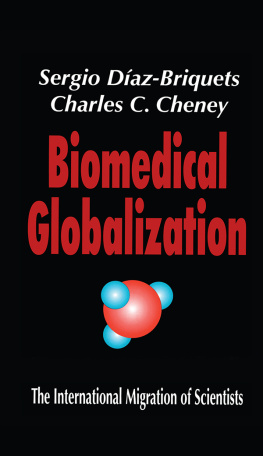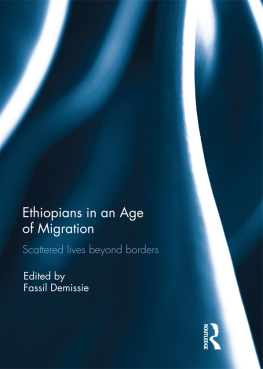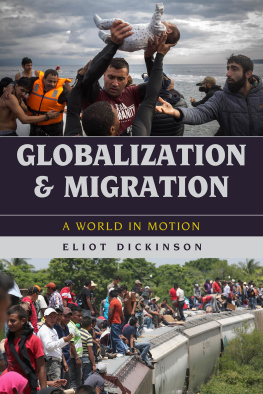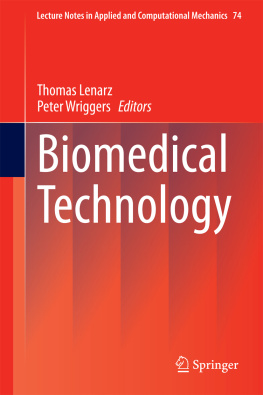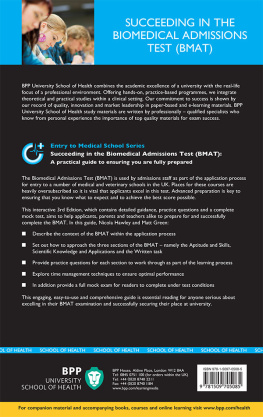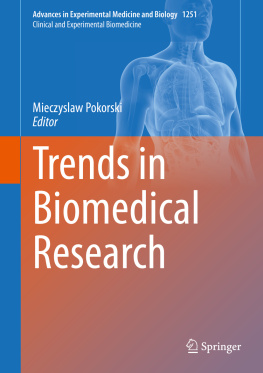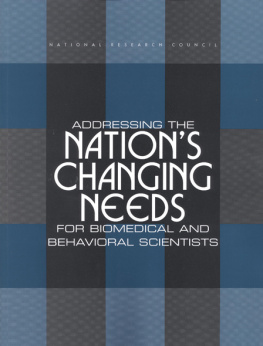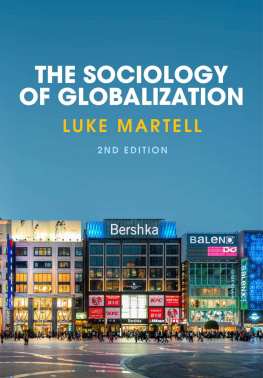First published by Transaction Publishers
Published 2017 by Routledge
2 Park Square, Milton Park, Abingdon, Oxon OX14 4RN
711 Third Avenue, New York, NY 10017, USA
Routledge is an imprint of the Taylor & Francis Group, an informa business
Copyright 2002 by Taylor & Francis
All rights reserved. No part of this book may be reprinted or reproduced or utilised in any form or by any electronic, mechanical, or other means, now known or hereafter invented, including photocopying and recording, or in any information storage or retrieval system, without permission in writing from the publishers.
Notice:
Product or corporate names may be trademarks or registered trademarks, and are used only for identification and explanation without intent to infringe.
Library of Congress Catalog Number: 2002021771
Library of Congress Cataloging-in-Publication Data
Diaz-Briquets, Sergio.
Biomedical globalization : the international migration of scientists / Sergio Diaz-Briquets and Charles C. Cheney,
p. cm.
Includes bibliographical references and index. ISBN 0-7658-0104-3 (alk. paper)
1. Brain drain. 2. Globalization. 3. Emigration and immigration. 4. ScientistsInternational cooperation. I. Cheney, Charles C. II. Title.
[DNLM: 1. National Institutes of Health (U.S.) 2. Foreign Professional Personnelsupply and distributionUnited States. 3. ResearchmanpowerUnited States. 4. Emigration and immigration 5. Research Personnelorganization & administrationUnited States. W 20.5 D542b 2002]
R852 .D53 2002 2002021771
331.12791dc21
ISBN 13: 978-0-7658-0104-3 (hbk)
To our wives and childrenWe wish to thank the officials of the National Institutes of Health who opened their doors and provided us with valuable information. Of particular help in facilitating our research were Michael Gottesman, Deputy Director for Intramural Research, Philip S. Chen, Senior Advisor to the Deputy Director for Intramural Research, and James S. Alexander, Deputy Director of the Office of Education. We are also grateful to the many other individuals at the National Institutes of Health and elsewhere who consented to be interviewed and gave generously of their time and thoughts during the course of this study.
Several individuals assisted us in interviewing biomedical constituencies in the United States and abroad. These included Jennifer Ballantine, Janet Corlett, Jorge Casals, Horacio Divito, Jennifer Hirsch, Shuanqing Liu, and Irene Zimmermann de la Torre. The interviews carried out by Elisabeth Herreria in Argentina and Australia were remarkably rich in depth and detail. Our special thanks go to Shelley Howes, who demonstrated exceptional energy, poise, and skill in contacting and interviewing biomedical scientists across the United States and in Europe, in participating with and observing them in a variety of settings and activities, and in analyzing the research findings. Melisa Gamallo was a most helpful research assistant.
Finally, we wish to acknowledge our gratitude to Michael S. Teitelbaum, Program Officer at the Alfred P. Sloan Foundation, for his encouragement when we proposed this study. We would not have been able to pursue this endeavor to a successful conclusion without the generous support extended by the Sloan Foundation to the Council for Human Development.
1
Introduction
There has been much debate in recent years about the impact of the migration to and employment of foreign engineers and computer professionals in the United States. The discussion has generally focused on why these foreign workers are hired, the conditions under which they work, and how their presence in the workforce affects the employment prospects of American workers and the competitiveness of the U.S. economy. However, the presence of foreign biomedical scientists has received less attention. While this may be explained in part by a tighter labor market in the biomedical occupations and the smaller number of persons involved, the fact that employers go to the effort entailed in hiring these foreignersin a country which enjoys a highly vaunted reputation for excellence in training and producing scientific professionalsmerits examination in itself.
The authors undertook this study to shed some light on the factors behind the employment of foreign biomedical scientists in the U.S. labor market by examining several features of the presence of foreign biomedical scientists at the National Institutes of Health (NIH) in Bethesda, Maryland. We selected NIH of all biomedical postdocs present during any given year at American training institutions. Our intent was to assess how their presence at this federal research institution is linked to their broader labor market participation. By focusing on NIH and the foreign biomedical scientists that are found there, the study sought to provide a different perspective from that of other related studies that have examined the employment of foreign engineers and computer professionals in universities and the private sector.
The study had several objectives. It was designed to gain an appreciation of (1) why foreign nonimmigrant and immigrant scientists instead of U.S. scientists occupy temporary training and research slots at NIH; (2) how foreign and American scientists at NIH compare in training, skills, motivations, and backgrounds, as well as in terms of working conditions and compensation; (3) the impact that the recruiting of foreign scientists may have on the employment prospects and conditions of their American counterparts; (4) the implications that these hiring and employment trends may hold for American training institutions and scientific expertise; and (5) the implications of the foreign scientists' presence for U.S. immigration and labor policies.
Related research questions revolved around the eventual commercial impact of the presence of foreign scientists at NIH (whether to the benefit or detriment of the American economy); benefits that accrue to NIH by recruiting the highly trained, regardless of nationality; and how the foreign-scientist pool at NIH contributes to the development of the American biotechnology industry, especially in the neighboring Bethesda area of Maryland. The study gave some attention to the relationship between NIH and the university teaching and research community, as well as to the mechanisms whereby foreign biomedical scientific trainees join the U.S. labor force, whether in a temporary or permanent capacity.
We carried out the bulk of our field research in the NIH community between June of 1997 and July of 1999. Extensive individual and small-group interviews captured the experiences and perceptions of a range of persons engaged in biomedical research and training regarding the presence of significant numbers of foreign scientists at NIH and in American educational institutions and biotechnology firms. To ensure candor, those interviewed were assured confidentiality, except for a few NIH senior officials who spoke on behalf of the institution for the record. Follow-up contacts were sometimes made to clarify points and to augment information gained during initial interviews.
In addition to talking with individuals on the NIH campus and in the surrounding area, the research team participated with and observed them in a spectrum of other settings and activities. These encompassed NIH-sponsored conferences and job fairs, as well as social and career-oriented events organized by NIH-based entities that bring together scientists who share a common cultural heritage (such as Chinese) or come from regional groups of countries (such as the European Union). Further, we took part in international biomedical association conference activities and talked with representatives of American and foreign educational institutions and biotechnology firms.


